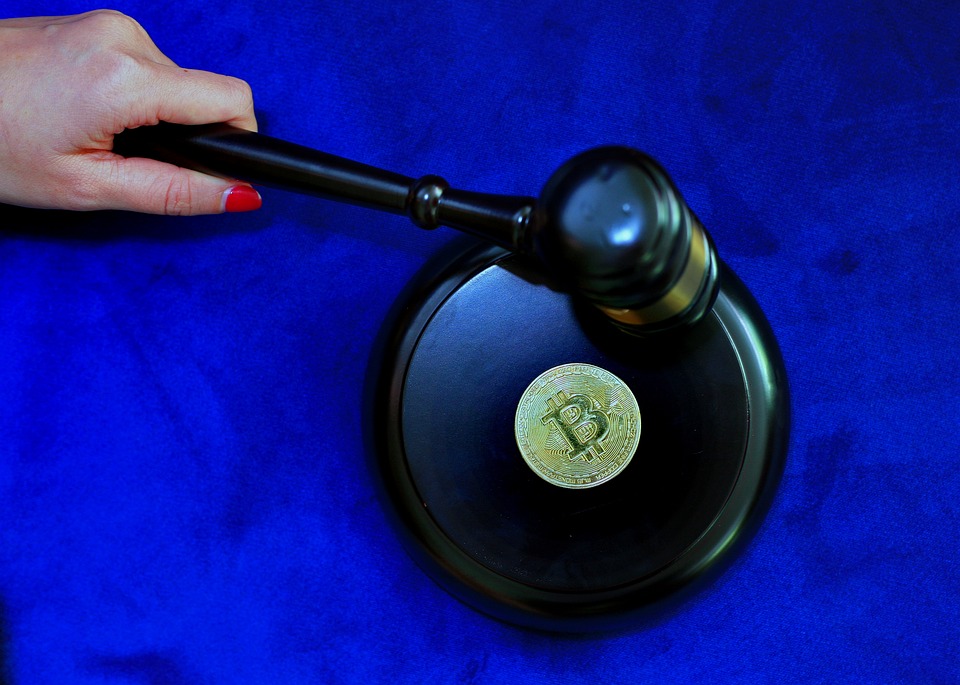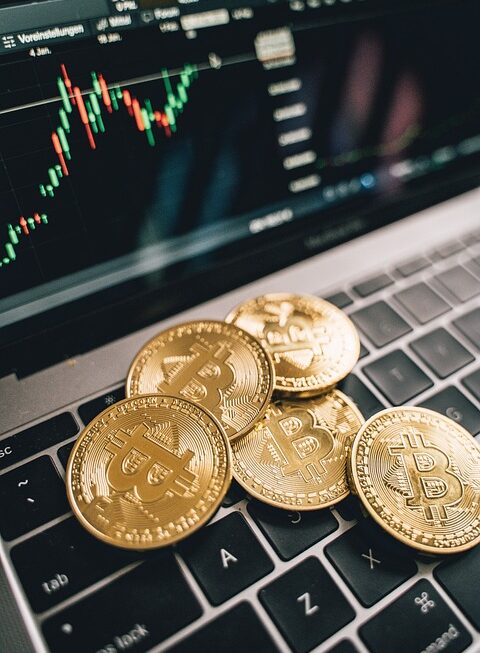With the rise of cryptocurrencies in recent years, Ethereum has emerged as one of the most popular and widely used digital currencies. But what exactly is Ethereum, and how does it differ from other cryptocurrencies like Bitcoin? In this beginner’s guide, we will explore the world of Ethereum and help you understand its key features and functions.
What is Ethereum?
Ethereum is a decentralized platform that enables developers to build and deploy smart contracts and decentralized applications (dapps). These dapps run on a blockchain, which is a distributed ledger that records all transactions between users in a secure and transparent manner. Unlike traditional currencies that are issued and regulated by central authorities like governments or banks, Ethereum is a decentralized system that operates autonomously through its network of nodes.
Key Features of Ethereum
Smart Contracts: One of the key features of Ethereum is its ability to run smart contracts, which are self-executing contracts with the terms of the agreement between buyer and seller directly written into code. Smart contracts eliminate the need for intermediaries like lawyers or notaries, making transactions faster, cheaper, and more secure.
Decentralized Applications (dapps): Ethereum also allows for the development of decentralized applications that run on its blockchain. These dapps can be used for a wide range of purposes, from financial services like decentralized lending and borrowing platforms to gaming and social networking applications.
Ether: The native cryptocurrency of the Ethereum network is called Ether (ETH). Ether is used to pay for transactions and computational services on the network, as well as to incentivize miners to secure the network by validating transactions and adding them to the blockchain.
How to Get Started with Ethereum
To start using Ethereum, you will need to set up a digital wallet that supports Ether and other ERC-20 tokens (tokens that adhere to Ethereum’s standard for fungible tokens). Some popular wallet options include MetaMask, MyEtherWallet, and Trust Wallet.
Once you have a wallet, you can acquire Ether by purchasing it on a cryptocurrency exchange like Coinbase, Binance, or Kraken. You can also earn Ether by participating in decentralized finance (DeFi) protocols like lending and staking, or by mining through a process called proof-of-work.
Conclusion
Ethereum is a powerful platform that has transformed the way we think about digital currencies and decentralized applications. By understanding the key features and functions of Ethereum, you can begin to explore the world of decentralized finance and participate in the growing ecosystem of dapps and smart contracts. Whether you are a developer looking to build on the Ethereum network or a casual user interested in using Ether for transactions, Ethereum offers a wide range of possibilities for anyone looking to get involved in the world of digital currency.




